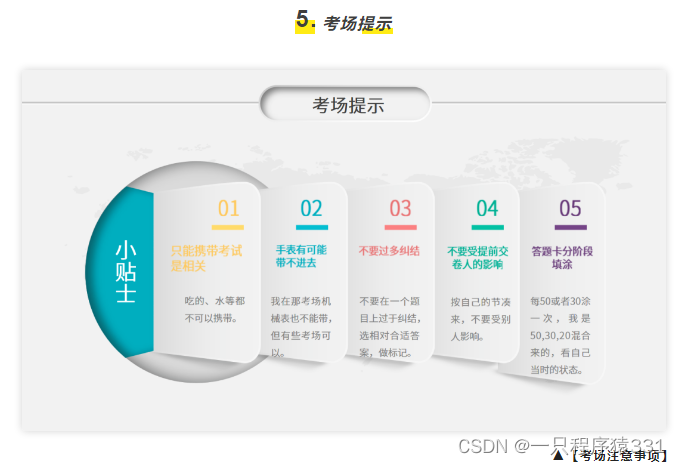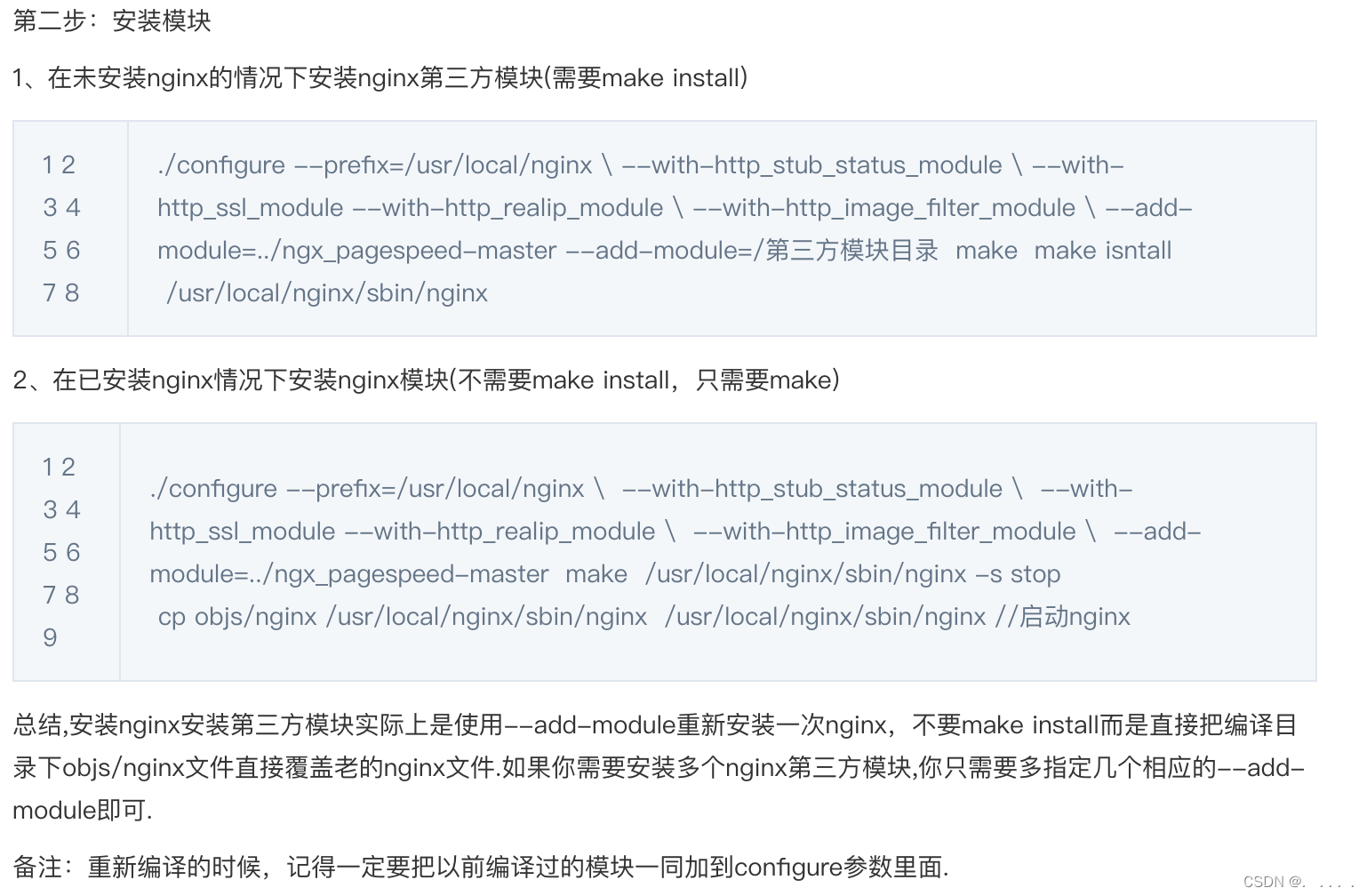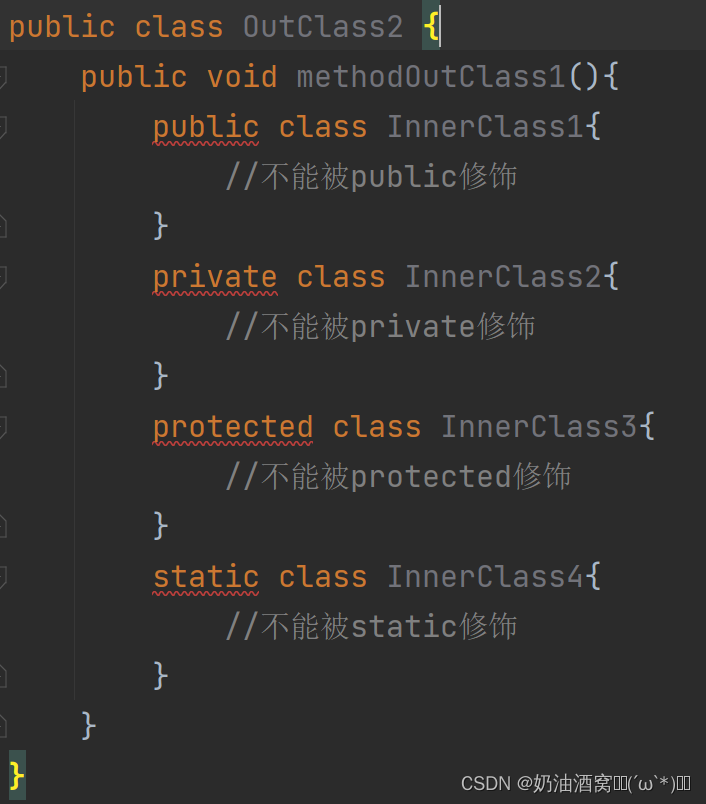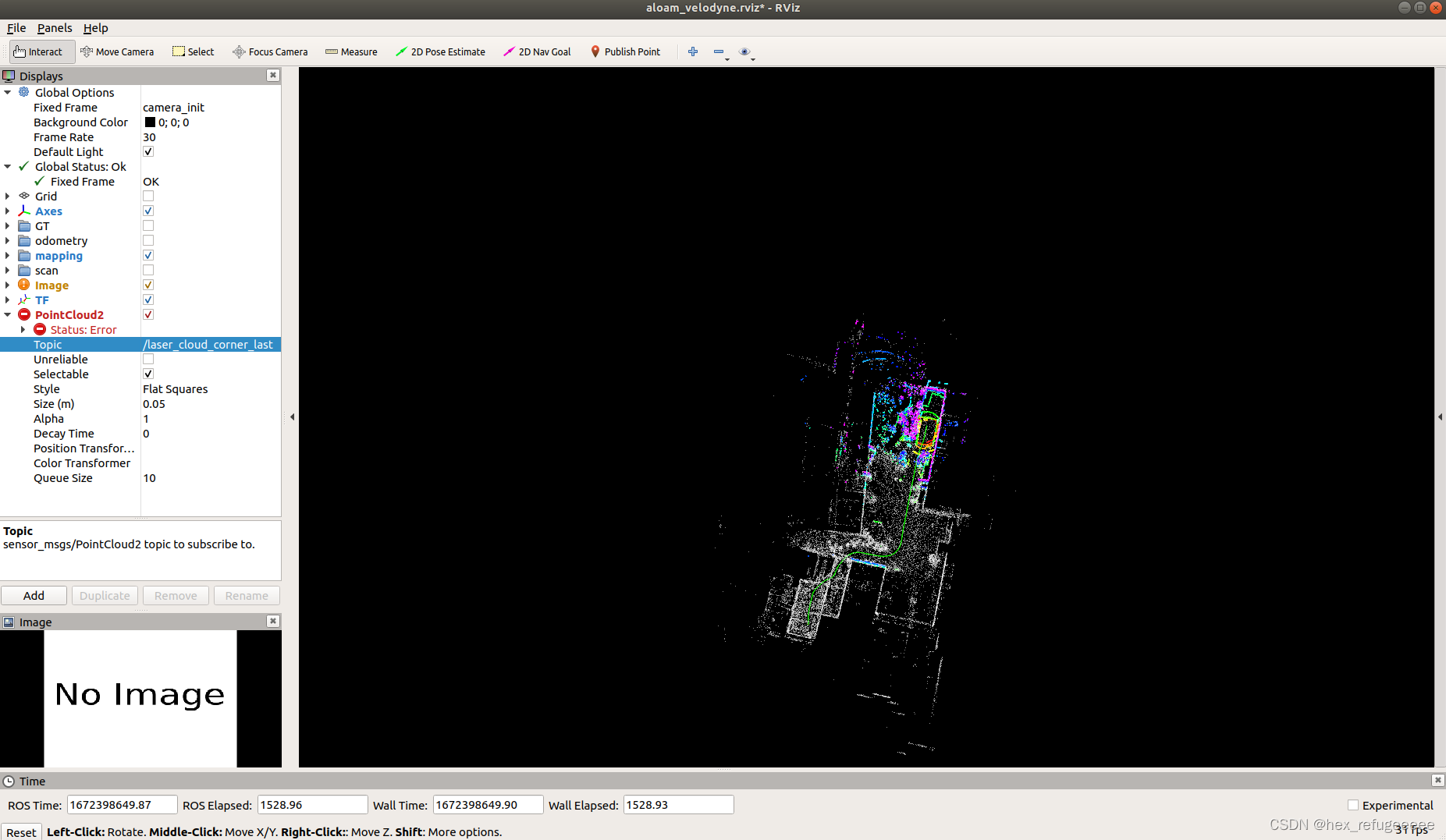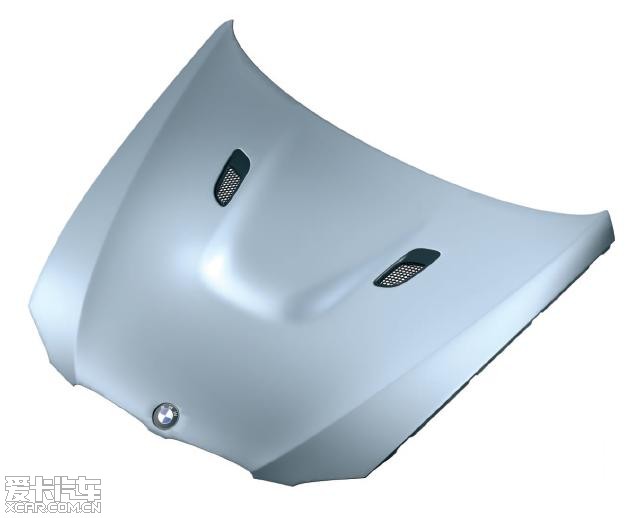
目录
1. LeetCode203.移除链表元素
2. LeetCode21.合并两个有序链表
3. LeetCode206.翻转链表
4. LeetCode707.设计链表
1. LeetCode203.移除链表元素
移除链表元素
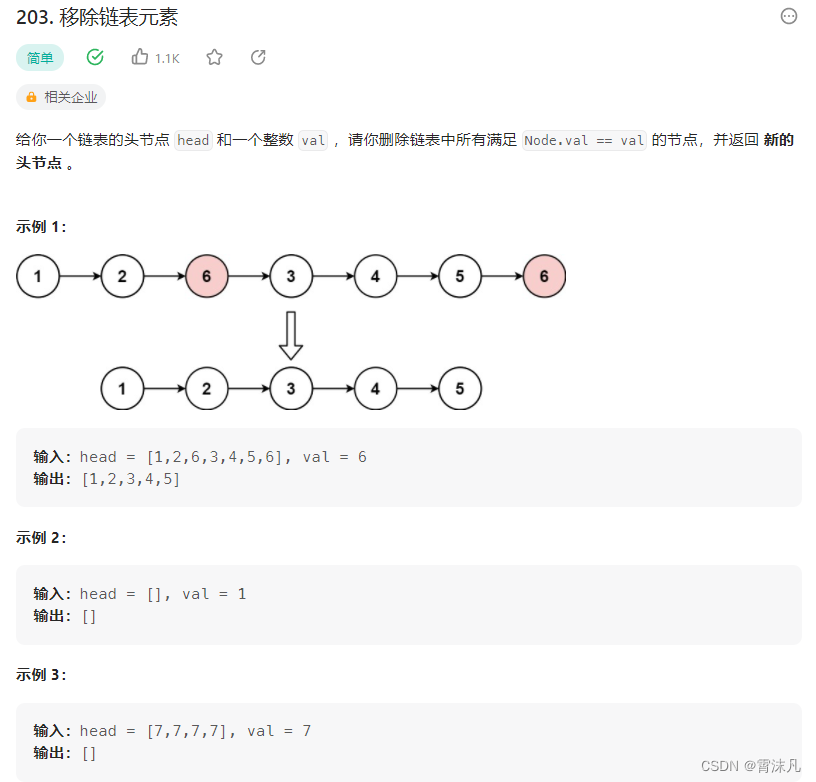
题解:通过两个指针来控制,cur和prev;cur指针去找val,prev在cur找之前都先记录一下cur的位置,如果找到了,有两种情况:
1. 有可能从最开始就找了val;
2. 在链表的中间找打了;
class Solution {
public:
ListNode* removeElements(ListNode* head, int val) {
//定义两个指针,prev用来记录cur,cur去找val
ListNode* prev = nullptr;
ListNode* cur = head;
while(cur)//知道cur找到空位置为止
{
if(cur->val != val)//cur所指向的val和要找的val不等
{
prev = cur;//记录cur的位置
cur = cur->next;//cur向后走
}
else//找到了,分两种情况
{
if(cur == head)//1.一开始就找到
{
head = head->next;
cur = head;
}
else//2.其他位置找到了
{
prev->next = cur->next;
cur = prev->next;
}
}
}
return head;
}
};
2. LeetCode21.合并两个有序链表
合并两个有序链表
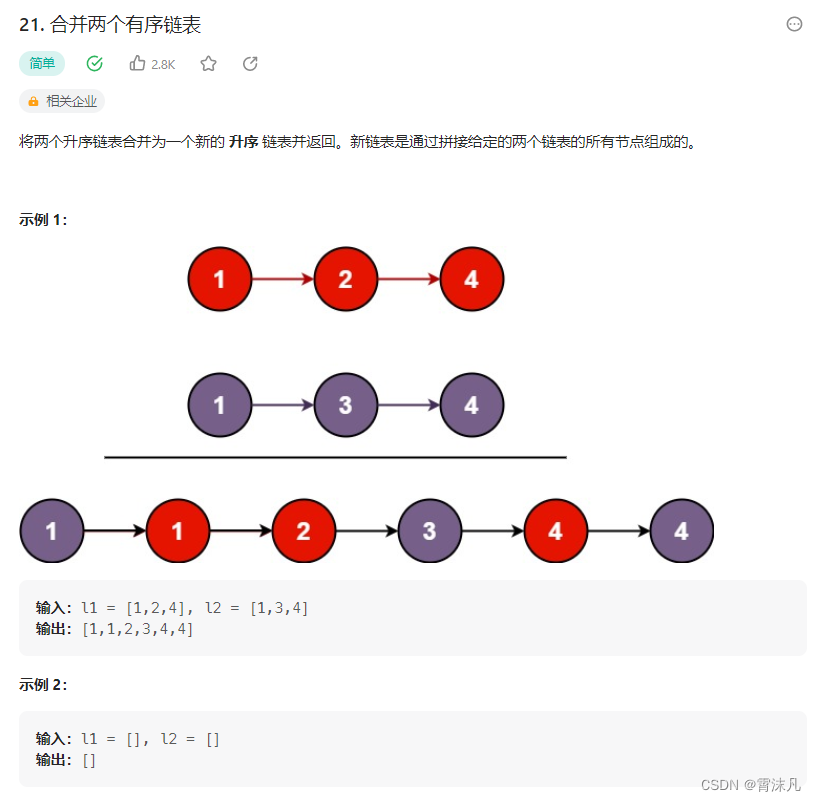
题解:
class Solution {
public:
ListNode* mergeTwoLists(ListNode* list1, ListNode* list2) {
if(list1 == nullptr)//如果只有list1为空,应该返回list2
{
return list2;
}
if(list2 == nullptr)//如果只有list1为空,应该返回list2
{
return list1;
}
ListNode* head, *tail;//定义两个指针,用来维护合并的链表
head = tail = new ListNode;
while(list1 && list2)//如果一个链表走完了,就退出
{
//两个链表的值比较,谁小取谁
if(list1->val > list2->val)
{
tail->next = list2;
tail = tail->next;
list2 = list2->next;
}
else
{
tail->next = list1;
tail = tail->next;
list1 = list1->next;
}
}
tail->next = list1 == nullptr ? list2 : list1;//存在一个链表没走完的情况,判断一下
return head->next;
}
};
3. LeetCode206.翻转链表
反转链表
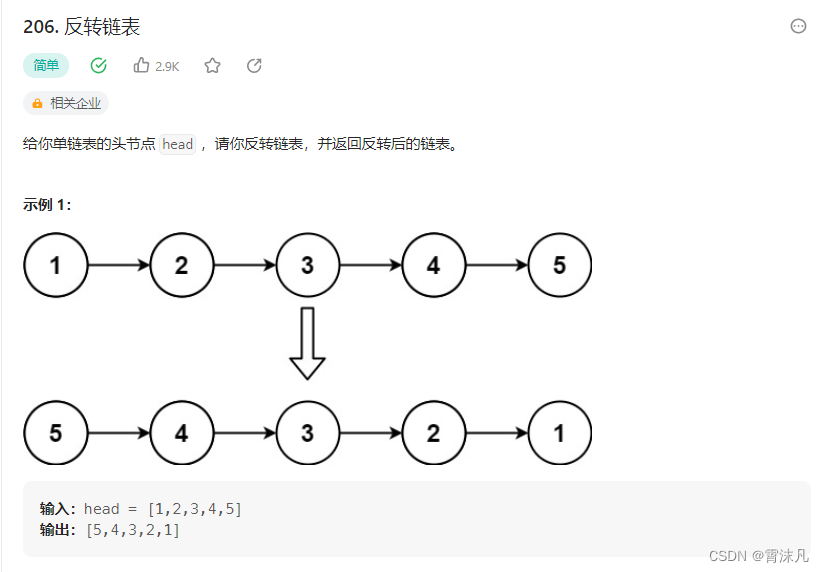
题解:
class Solution {
public:
ListNode* reverseList(ListNode* head) {
if(head == nullptr)
{
return nullptr;
}
ListNode* n1 = nullptr;
ListNode* n2 = head;
ListNode* n3 = n2->next;
while(n2)
{
n2->next = n1;
n1 = n2;
n2 = n3;
if(n3)
{
n3 = n3->next;
}
}
return n1;
}
};4. LeetCode707.设计链表
设计链表
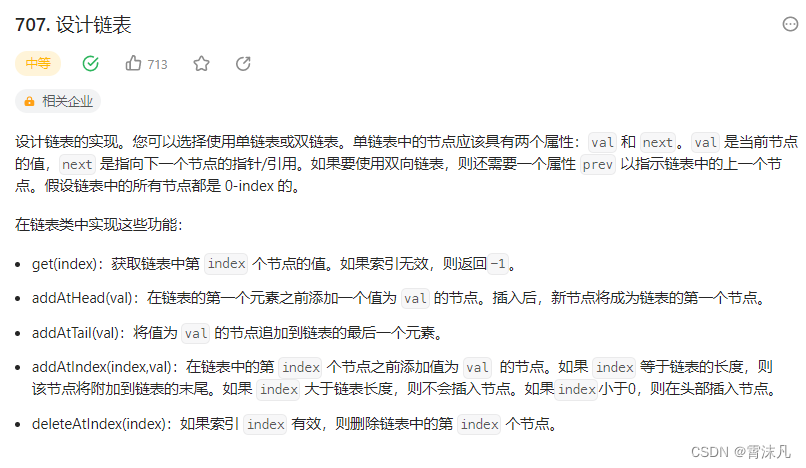
这部分内容在我的数据结构专栏,有C语言模拟的链表,这里不赘述了
单链表带头结点:
struct listnode
{
int val;
listnode* next;
listnode(int _val):val(_val), next(nullptr){}
};
class MyLinkedList {
public:
MyLinkedList() {
this->size = 0;
this->head = new listnode(0);
}
int get(int index) {
if(index < 0 || index >= size)
{
return -1;
}
listnode* cur = head;
while(index >= 0)
{
cur = cur->next;
index--;
}
return cur->val;
}
void addAtHead(int val) {
addAtIndex(0, val);
}
void addAtTail(int val) {
addAtIndex(size, val);
}
void addAtIndex(int index, int val) {
if(index > size) return;
index = max(0, index);
listnode* cur = head;
while(index > 0)
{
cur = cur->next;
index--;
}
listnode* newnode = new listnode(val);
newnode->next = cur->next;
cur->next = newnode;
size++;
}
void deleteAtIndex(int index) {
if(index < 0 || index >= size) return;
listnode* cur = head;
while(index > 0)
{
cur = cur->next;
index--;
}
listnode* prev = cur->next;
cur->next = cur->next->next;
delete prev;
size--;
}
private:
int size;
listnode* head;
};单链表不带头结点:
struct listnode
{
int val;
listnode* next;
listnode(int _val):val(_val), next(nullptr){}
};
class MyLinkedList {
public:
MyLinkedList() {
this->size = 0;
this->head = nullptr;
}
int get(int index) {
if(index < 0 || index >= size)
{
return -1;
}
listnode* cur = head;
while(index > 0)
{
cur = cur->next;
index--;
}
return cur->val;
}
void addAtHead(int val) {
addAtIndex(0, val);
}
void addAtTail(int val) {
addAtIndex(size, val);
}
void addAtIndex(int index, int val) {
if(index > size) return;
listnode* newnode = new listnode(val);
if(index == 0)
{
newnode->next = head;
head = newnode;
}
else
{
listnode* cur = head;
listnode* prev = nullptr;
while(index > 0)
{
prev = cur;
cur = cur->next;
index--;
}
newnode->next = cur;
prev->next = newnode;
}
size++;
}
void deleteAtIndex(int index)
{
if(index < 0 || index >= size)
{
return;
}
if(index == 0 || head->next == nullptr)
{
listnode* cur = head->next;
delete head;
head = cur;
}
else
{
listnode* cur = head;
listnode* prev = nullptr;
while(index > 0)
{
prev = cur;
cur = cur->next;
index--;
}
prev->next = cur->next;
delete cur;
}
size--;
}
private:
int size;
listnode* head;
};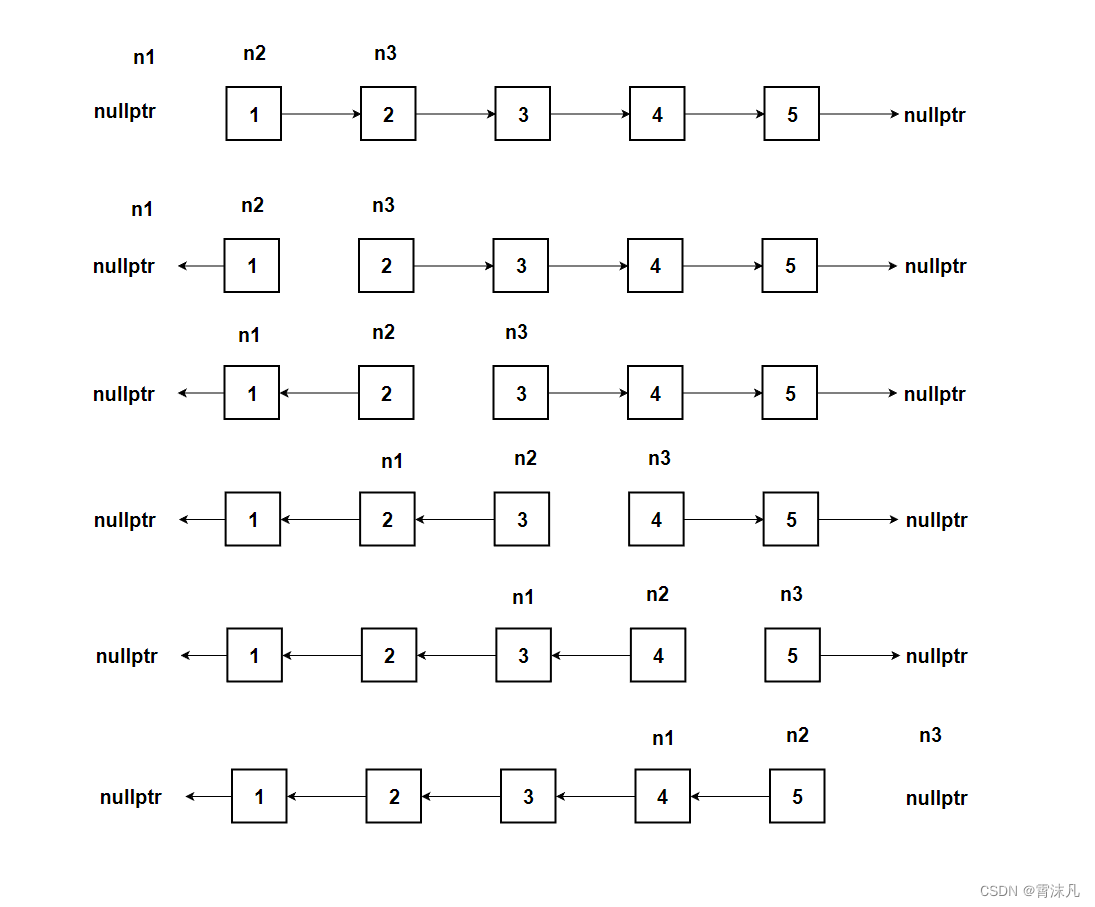


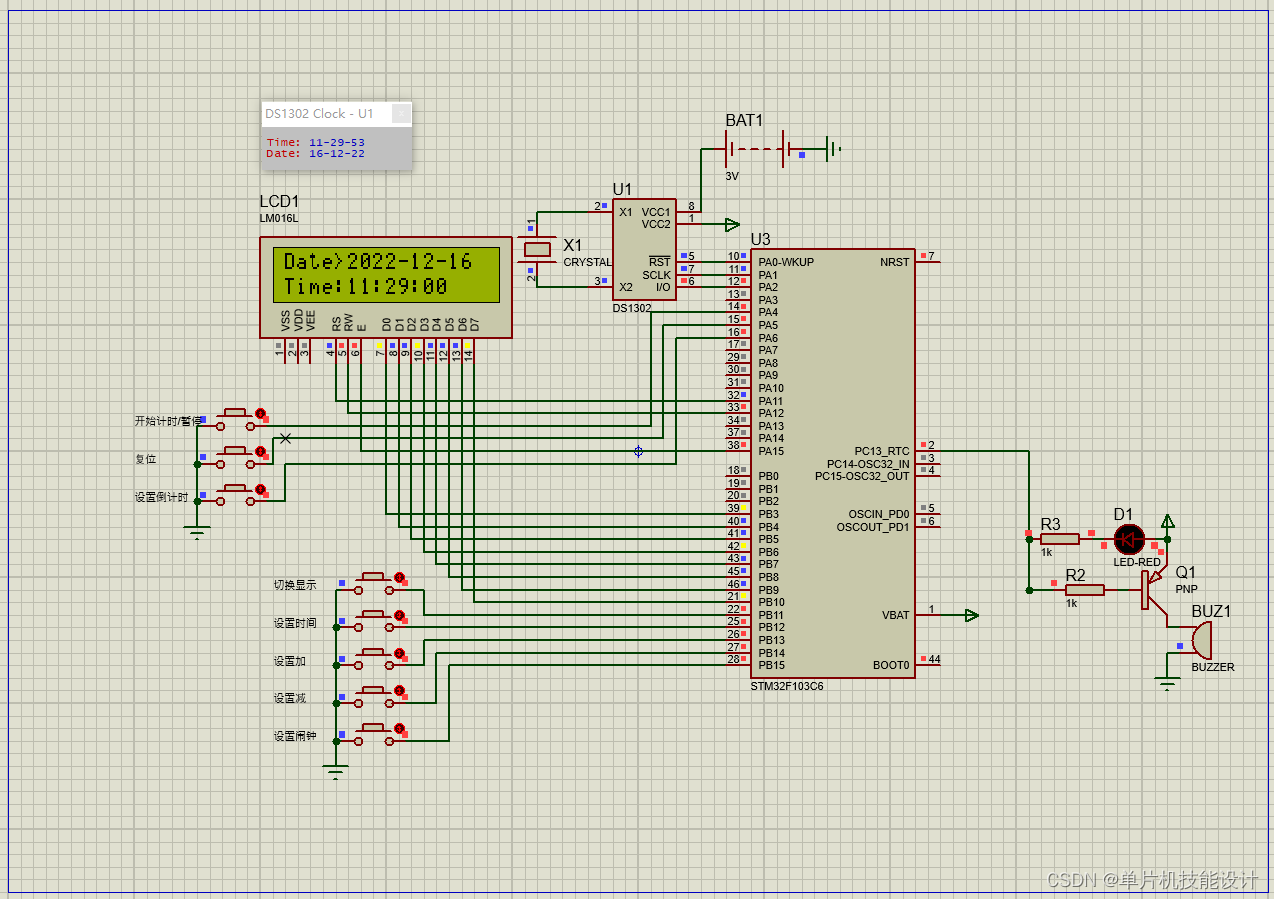
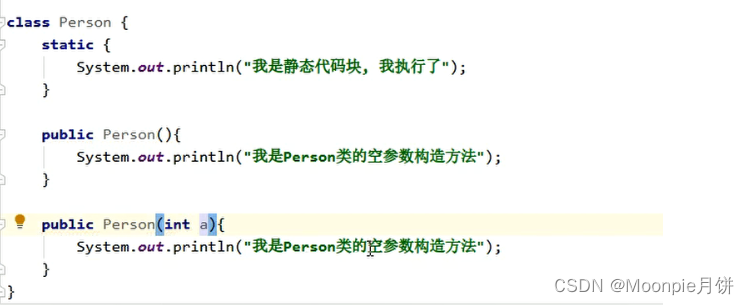
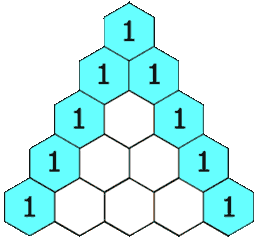



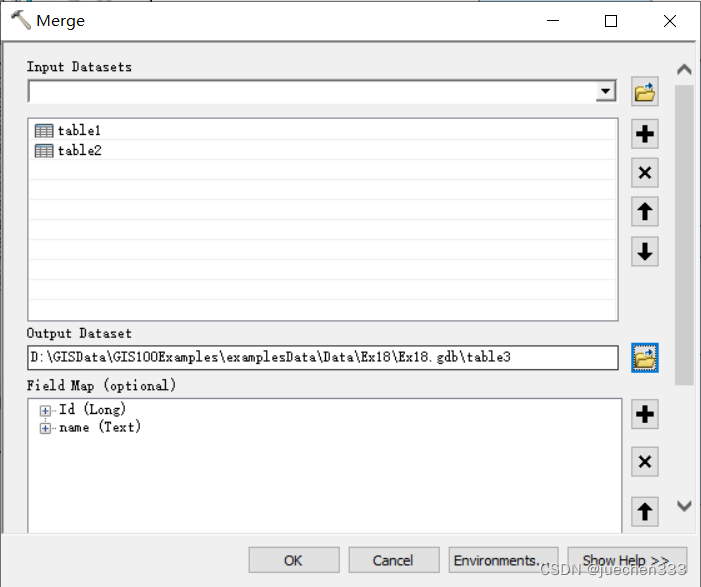

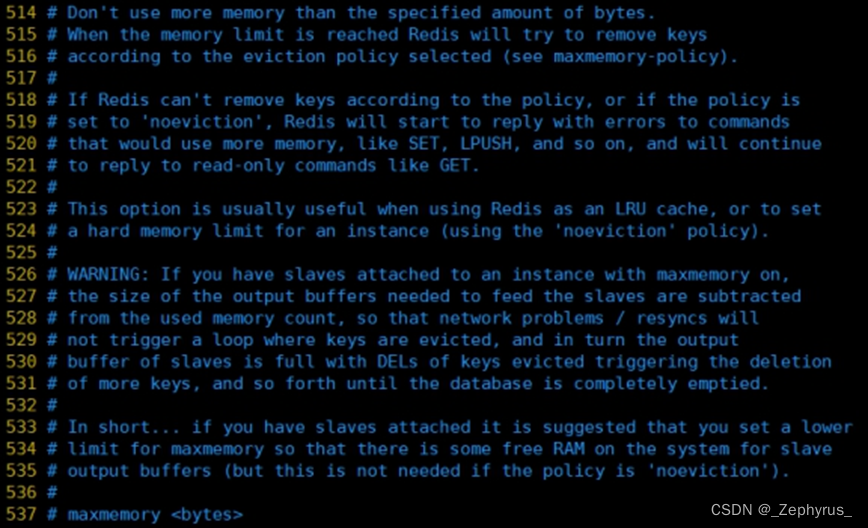
![【WSL】[01] windows subsytem linux 配置和使用 - ubuntu GUI安装](https://img-blog.csdnimg.cn/d92b42e3f789407289d57d08aa2ce5a4.png)
